Introduction
Did you know that 83% of businesses waste time and money due to poorly structured RFPs? (Source: Capterra). A well-crafted Request for Proposal (RFP) isn’t just a document—it’s your roadmap to finding the perfect web development partner. This 2024 guide goes beyond basics, offering a free RFP template, real-world samples, and battle-tested strategies to secure proposals that align with your vision, timeline, and budget.
What is a Web Development RFP? (And Why It Matters)
A web development RFP is a strategic document that outlines your project’s goals, technical requirements, and evaluation criteria to solicit bids from agencies. It acts as a filter, ensuring only qualified vendors respond, saving you time and reducing risks like scope creep or budget overruns.
Why Most RFPs Fail
Unclear Objectives: “Build a modern website” vs. “Develop a mobile-first e-commerce platform with 1-second load time.”
Ignoring Technical Debt: Failing to address legacy system integrations or scalability.
No Evaluation Framework: 52% of businesses admit they select vendors based on “gut feeling” (McKinsey).
Step-by-Step Guide to Writing a Winning Web Development RFP
1. Define Clear Project Goals
Business Objectives:
Example: “Increase lead generation by 40% in Q3 2024 through a user-friendly landing page optimized for mobile.”
Technical Requirements:Platforms: Specify if you need WordPress, React, Shopify Plus, or custom CMS.
Integrations: CRM (Salesforce, HubSpot), payment gateways (Stripe, PayPal), or APIs.
Security: GDPR/CCPA compliance, penetration testing, SSL certificates.
Pro Tip: Use the SMART framework (Specific, Measurable, Achievable, Relevant, Time-bound) to define goals.
2. Scope of Work (SoW): Break It Down Like a Pro
A vague scope invites disaster. Structure deliverables into phases:
| Phase | Key Activities | Output |
|---|---|---|
| Discovery | User research, competitor analysis, SEO audit | User personas, sitemap |
| Design | Wireframes (Figma/Adobe XD), UI/UX prototyping | Interactive mockups, style guides |
| Development | Frontend/backend coding, API integrations | Responsive codebase, QA test reports |
| Launch & Support | Hosting setup, SEO migration, 6-month maintenance plan | Post-launch analytics dashboard |
Red Flag Alert: Avoid agencies that skip discovery—it’s the foundation of successful projects.
3. Budget & Timeline: Transparency Wins
Budget Ranges: Example: “50k–75k, including 12 months of post-launch support.”
Timeline: Use a Gantt Chart template to outline milestones:
Week 1-2: Discovery & Research
Week 3-6: Design Approval
Week 7-14: Development & Testing
Cost-Saving Hack: Ask vendors to break down costs (e.g., design vs. development hours) to compare bids fairly.
4. Vendor Evaluation Criteria: Build Your Scoring Matrix
Rank agencies objectively with weighted criteria:
| Criteria | Weight | Details |
|---|---|---|
| Technical Expertise | 30% | Certifications (AWS, Google Cloud), code samples |
| Portfolio Fit | 25% | Experience with similar industries (e.g., healthcare, SaaS) |
| Client References | 20% | Case studies with measurable results (e.g., “Improved load speed by 200%”) |
| Budget Alignment | 15% | Transparency in cost breakdown |
| Communication | 10% | Project management tools (Jira, Trello), response time |
Free Tool: Download our RFP Scoring Sheet (Excel/Google Sheets) to automate evaluations.
5. Submission Guidelines: Leave No Room for Ambiguity
Deadline: “Submit proposals by 11:59 PM PST on October 30, 2024, via email to rfp@yourcompany.com.”
Format: “PDF (under 20MB) with a separate pricing table in Excel.”
Contact: “Direct questions to John Doe, CTO, at johndoe@yourcompany.com by October 15.”
Avoid This Mistake: 68% of vendors ignore RFPs with unclear submission rules (Upwork).
Web Development RFP Template [Free Download]
[Download Link] – A ready-to-use Google Doc template with:
Fillable Fields: Company overview, technical stack, milestones.
Annotations: Explanations for each section (e.g., “Why include SEO requirements here?”).
Checklist: Pre-submission review (e.g., “Have you included mobile responsiveness criteria?”).
Template Sneak Peek:
Section 4: Technical Requirements
Hosting: “Must support 10,000+ monthly visitors with 99.9% uptime.”
Accessibility: “WCAG 2.1 AA compliance required.”
Real-World RFP Samples
Sample 1: SaaS Platform Redesign
Goal: Migrate from Angular to React, improve dashboard load speed by 50%.
Excerpt:
“Integrate real-time analytics using Mixpanel and ensure compatibility with legacy Python backend.”
Sample 2: Nonprofit Website Overhaul
Goal: Build a donation portal with Salesforce integration.
Excerpt:
“Require multi-language support (Spanish, French) and ADA-compliant design.”
[Include annotated PDF samples with callouts like “Strong scope definition” or “Missing SEO criteria.”]
7 Costly RFP Mistakes (And How to Avoid Them)
Ignoring Mobile-First Design: 53% of users abandon sites that take over 3 seconds to load on mobile (Google).
Forgetting SEO: Require agencies to detail metadata structures, alt text, and XML sitemaps.
No Disaster Recovery Plan: Ask, “How will you handle data breaches or server crashes?”
Vague Testing Protocols: Specify tools (e.g., Lighthouse for performance, Selenium for QA).
Overlooking Scalability: “Can the site handle 5x traffic spikes during promotions?”
Hidden Costs: Demand line-item pricing (e.g., $150/hour for DevOps support).
No Post-Launch KPIs: Define metrics like uptime (99.9%), user satisfaction (NPS > 40).
How to Evaluate Proposals Like a Pro
Case Study: Tech Startup’s RFP Evaluation
Vendor A: $80k bid with 5+ years of React experience but slow communication.
Vendor B: $65k bid with limited portfolio but 24/7 support and detailed QA plan.
Winner: Vendor B (prioritized post-launch support over technical prestige).
Red Flags in Proposals:
Generic responses (“We’ll build a great website!”).
No questions about your business goals.
Lack of testing or maintenance plans.
FAQs: Your RFP Roadmap
Q: How detailed should technical requirements be?
A: Include specifics: “Must use React 18+ with TypeScript and integrate with Shopify’s API.”
Q: Should I mention competitors?
A: Yes! Example: “Our site must outperform CompetitorX’s load speed (currently 2.5s).”
Q: Can I negotiate IP ownership?
A: Absolutely. State: “All code and designs become our property post-payment.”
Conclusion: From RFP to ROI
Your RFP isn’t just a document—it’s the first step toward a website that drives revenue, builds trust, and outshines competitors. Use this guide to craft a bulletproof RFP, leverage our free template, and partner with agencies that deliver results.
Ready to Start? [Book a Free RFP Consultation] with our experts.




